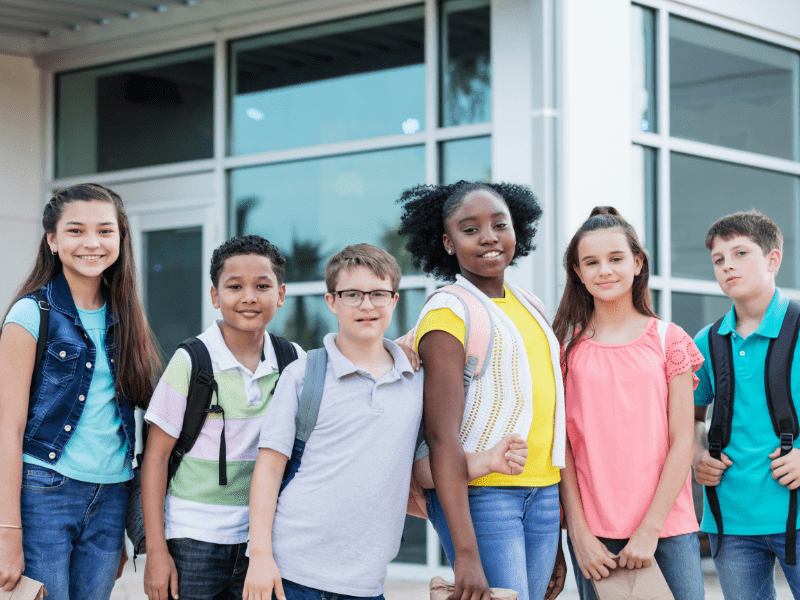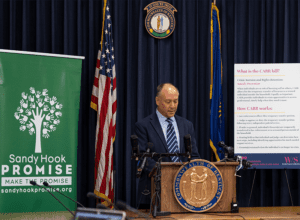The tragedy at Sandy Hook Elementary School took the lives of 26 students and educators. Since then, schools and communities have continued to experience tragedy and devastating loss at the hands of gun violence. To lessen this unsettling horror, schools have used a variety of practices to protect students from violence. The continued school shootings, like in Uvalde, Texas, have renewed pressure to adopt policies to keep students safe.
Together, we can forge real change, offer commonsense solutions and guidelines, and prevent these tragedies. But we must do so with clear guidelines and appropriate response.
School Safety Principles, Programs and Policies to Keep Students Safe
School leaders must avoid practices that further student trauma. Instead, they should prioritize evidence-based violence prevention programs like the Know the Signs programs. Accordingly, these proven programs prevent students from harming themselves and others. What’s more, youth learn how to raise concerns and get help when they recognize warning signs.
When schools choose any type of policy or practices, it’s up to school leaders to put the well-being of students first.
Active Shooter Drills, School Security Personnel, and Threat Assessment
In conjunction with America’s Safe Schools Week (October 16-22), Sandy Hook Promise highlights a trio of guiding principles. They focus on Active Shooter Drills, School Security Personnel, and Threat Assessment. All three of these practices can have a dangerous and disparate impact on students.
The burden of this imbalance can disproportionately fall on students of color, LGBTQ+ students, and students with disabilities. Our principles outline considerations for prioritizing student well-being and reducing trauma in these commonly used practices. Students should not be harmed in the process of trying to prevent school shootings and other acts of violence.
Because student input is critical, Sandy Hook Promise experts developed these school safety principles in collaboration with members of our National Youth Advisory Board. Their experiences have informed the principles. We hope these will help communities and policymakers center student well-being as they seek out ways to improve school safety.
How You Can Champion School Safety Principles
Download these school safety principles, which will provide guardrails to protect students in schools that choose to use these approaches. It’s critical that all adults, including educators and school leaders, do everything in their power to reduce harm to students. Furthermore, if your school is already using one of these practices, you can enhance them with our principles.
Reach out to [email protected] if you need policy support in your community.


